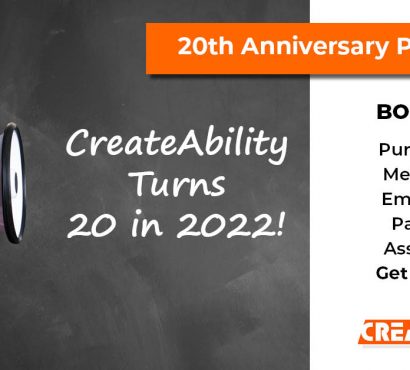As many states consider the benefits of technology, it can be a bit scary to those in the technology adoption hot seats.
I totally get it – it’s easy to become infatuated with emerging technologies, but can I make a confession? It’s exhausting to track and make sense of every sparkly, new technology even for an ADHD tech nerd, like myself. But like I moth to a flame – I’m still drawn in.
Sometimes, we get so enamored with new technology that we forget to back out thoughts up to consider:
- How do we provide the necessary support for this technology?
- How do we provide training (and emotional support) to help the team become comfortable with this new technology?
- How does this technology integrate with our current workflow?
But the human condition doesn’t allow us to see into the future and organizations are assuming all kinds of risks in the technology selection and implementation process. According to a recent Wall Street Journal article, “Increasingly customers can’t describe the experience they want to have; let alone, begin to imagine what they expect in the future.” While these questions could be a good start, there is a calling for a more modern way to design sustainable systems for technology adoption and utilization.
With that, I’d like to share an even better way to implement digital transformations. It’s called behavioral design and this approach envelops a mixture of both behavioral economics and human-centered design.
Example:
The old script started with questions such as: “How can we use technology and analytics to affect the blah blah blah…?”
So, we flipped the script to a more people-focused set of questions:
- What behavioral shifts will have the greatest positive impact on the people we serve? After we understand the answers to this question, we can ask:
- What tools and techniques would support these behavioral shifts?
This is a sure-fire way to avoid “shiny objects” and make tech decisions within your organization that will result in effective adoption, staff and client support, and sustainability.
We encourage all of you out there to reconsider how you are approaching new technology and replacing it with a more “why” based approach. (We’ve been through the process hundreds of time and it really deliver results!)
If you would like examples on how we have helped facilitate these types of people-friendly transformations, please reach out to us at info@createabilityinc.com.


